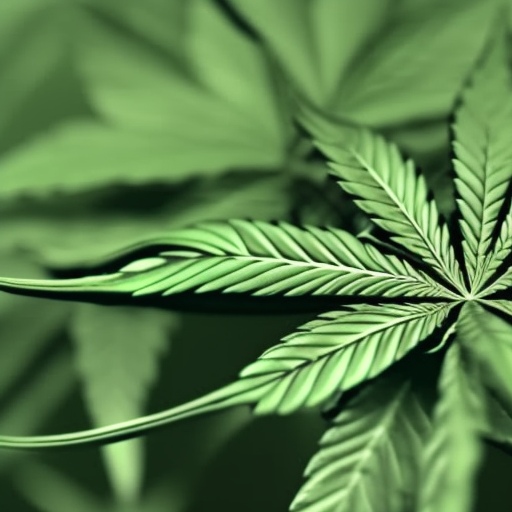 Migraines are a prevalent and debilitating condition affecting millions of Americans, with many sufferers experiencing chronic and severe symptoms. Despite the availability of various treatments, including pharmaceutical options, there is still a significant need for more effective and sustainable solutions for migraine relief. Recent research has explored the potential benefits of cannabis in managing migraine symptoms, particularly through the use of vaporized cannabis containing both THC and CBD.
Migraines are a prevalent and debilitating condition affecting millions of Americans, with many sufferers experiencing chronic and severe symptoms. Despite the availability of various treatments, including pharmaceutical options, there is still a significant need for more effective and sustainable solutions for migraine relief. Recent research has explored the potential benefits of cannabis in managing migraine symptoms, particularly through the use of vaporized cannabis containing both THC and CBD.
A pilot study conducted by researchers from the University of California, San Diego (UCSD) investigated the efficacy of vaporized cannabis in treating migraines. The study, published in medRxiv, involved 92 participants with persistent migraines who were randomly assigned to receive different cannabis chemotypes: 6% THC, 11% CBD, a combination of 6% THC and 11% CBD, or a placebo. Participants were instructed to vaporize the cannabis at the onset of a migraine attack and report their symptoms using a smartphone application.
The results of the study revealed that the THC/CBD blend was the most effective in providing relief from migraine symptoms. Participants who used the vaporized cannabis containing both THC and CBD reported improvements in pain relief, pain freedom, and relief from light and sound sensitivity compared to those who received the placebo. The blend also demonstrated sustained benefits up to 48 hours after administration, highlighting its potential as a long-term treatment option for migraines.
Interestingly, participants who consumed cannabis blends dominant in THC or CBD alone did not show significant differences from the placebo in terms of sustained pain relief or symptom freedom. This suggests that the combination of THC and CBD may have synergistic effects that enhance their therapeutic properties in managing migraines.
Despite the promising results of this study, there are still several gaps in research that need to be addressed. The study did not assess the effects of repeated administration or long-term use of cannabis for migraine treatment. Additionally, only single potencies of THC and CBD were examined, leaving out other potentially beneficial cannabinoids and terpenes present in cannabis.
Moving forward, further research is needed to explore the benefits and risks of using cannabis as a regular or preventative treatment for migraines. Multicenter studies involving larger sample sizes and longer observation periods could provide more comprehensive insights into the efficacy of cannabis-based therapies for migraine management.
In conclusion, the findings from this pilot study suggest that vaporizing a blend of THC and CBD may offer sustained relief from migraine symptoms. By continuing to investigate the potential therapeutic effects of cannabis on migraines, researchers may uncover new treatment options that improve the quality of life for individuals suffering from this debilitating condition.

